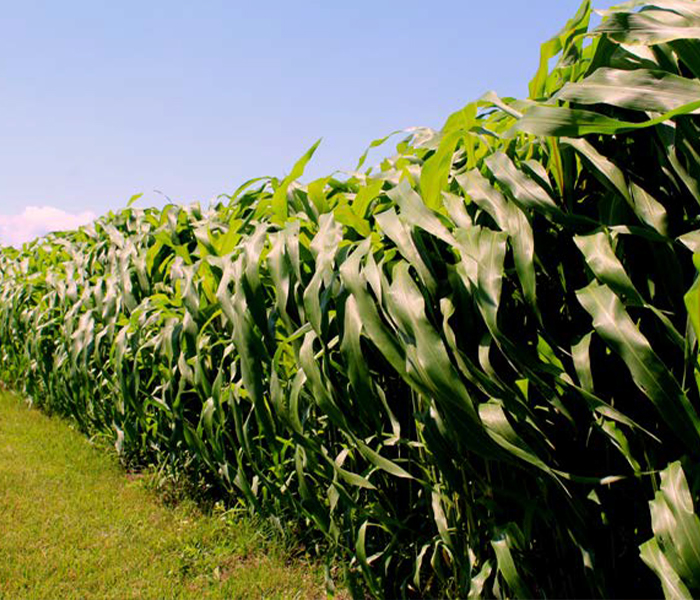Premier Co-op

Fertilizer and VRT
Focus on Efficiency: Fertilizer and Variable Rate Technology A farmer’s key to maintaining that profitability into the new year will be managing costs. That does not necessaril...

Each spring farmers face different challenges. One challenge is alfalfa failing to over winter, and another is wet acres. The answer to both of these challenges is forage sorghums.
Improved plant genetics provide excellent nutrition and tonnage, with very high total plant digestibility and palatability.
Sorghums have an economic advantage over corn by producing more with less.

Fill out the form below to contact a Premier agronomist and learn more about how using forage sorghum could benefit your operation
